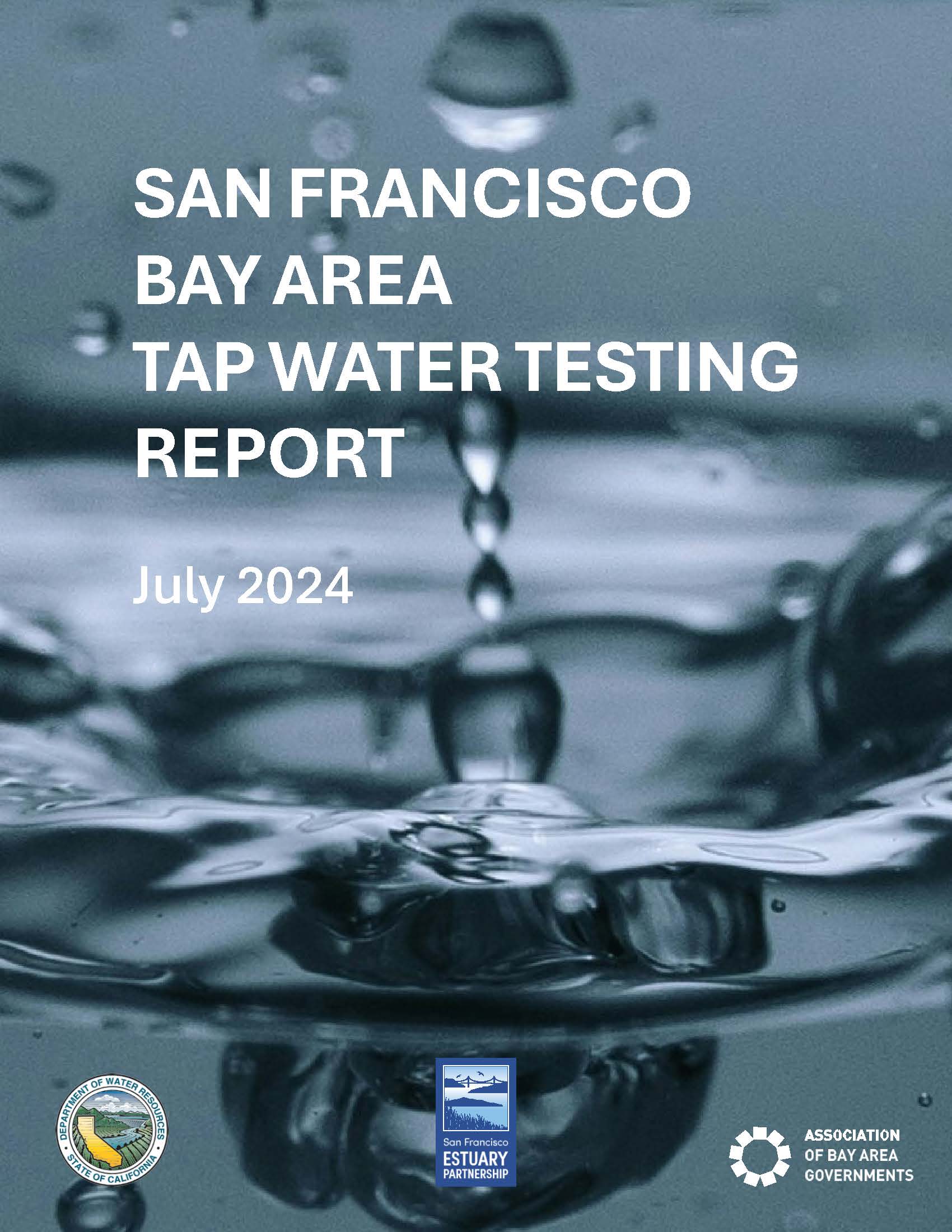Integrated Regional Water Management (IRWM) Program
San Francisco Bay Community-Led Tap Water Testing Report
Background
In 2012, California became the first state to recognize that every human being has the right to safe, clean drinking water (AB 685). There is a tremendous amount of work that goes into ensuring tap water meets regulatory standards and is safe to drink in California. However, negative experiences at the tap can lead to increased distrust. How individuals perceive the safety of the water coming out of their tap influences whether they use tap water to quench their thirst or reach for an alternative, such as bottled water or a sugary drink. In turn, distrust of drinking water quality and subsequent reliance on alternative beverage sources can adversely impact individuals’ health, finances, and the environment.
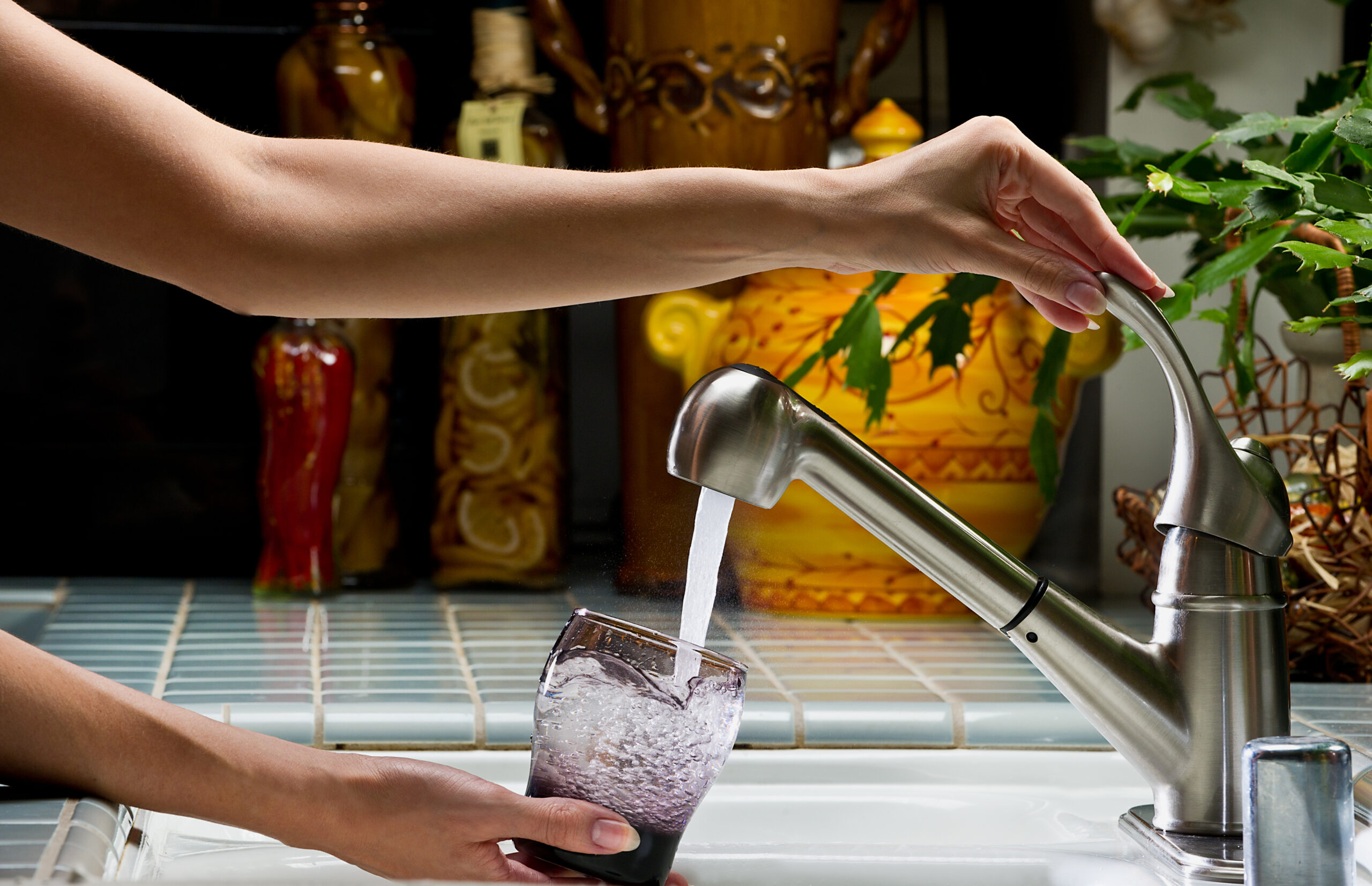
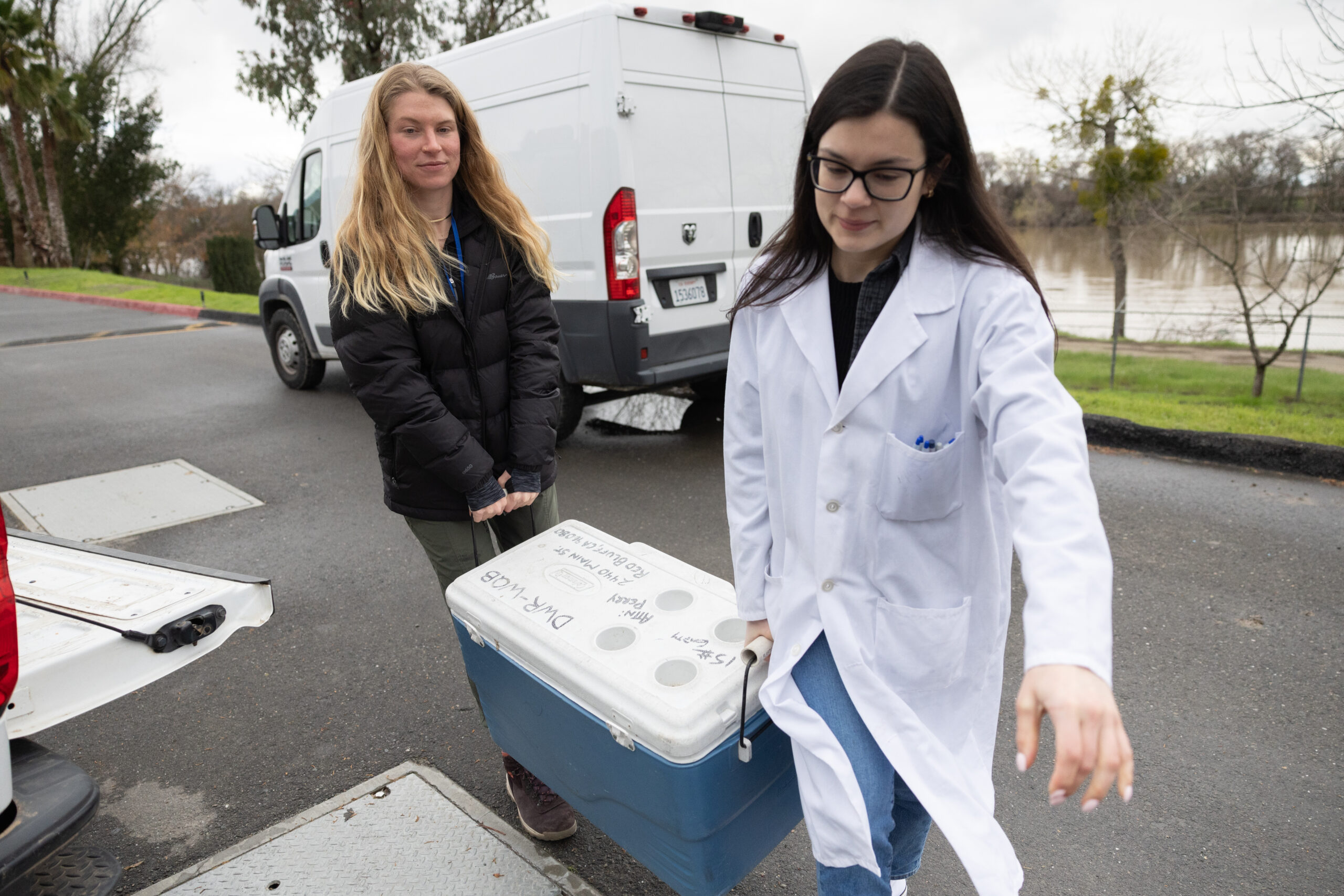
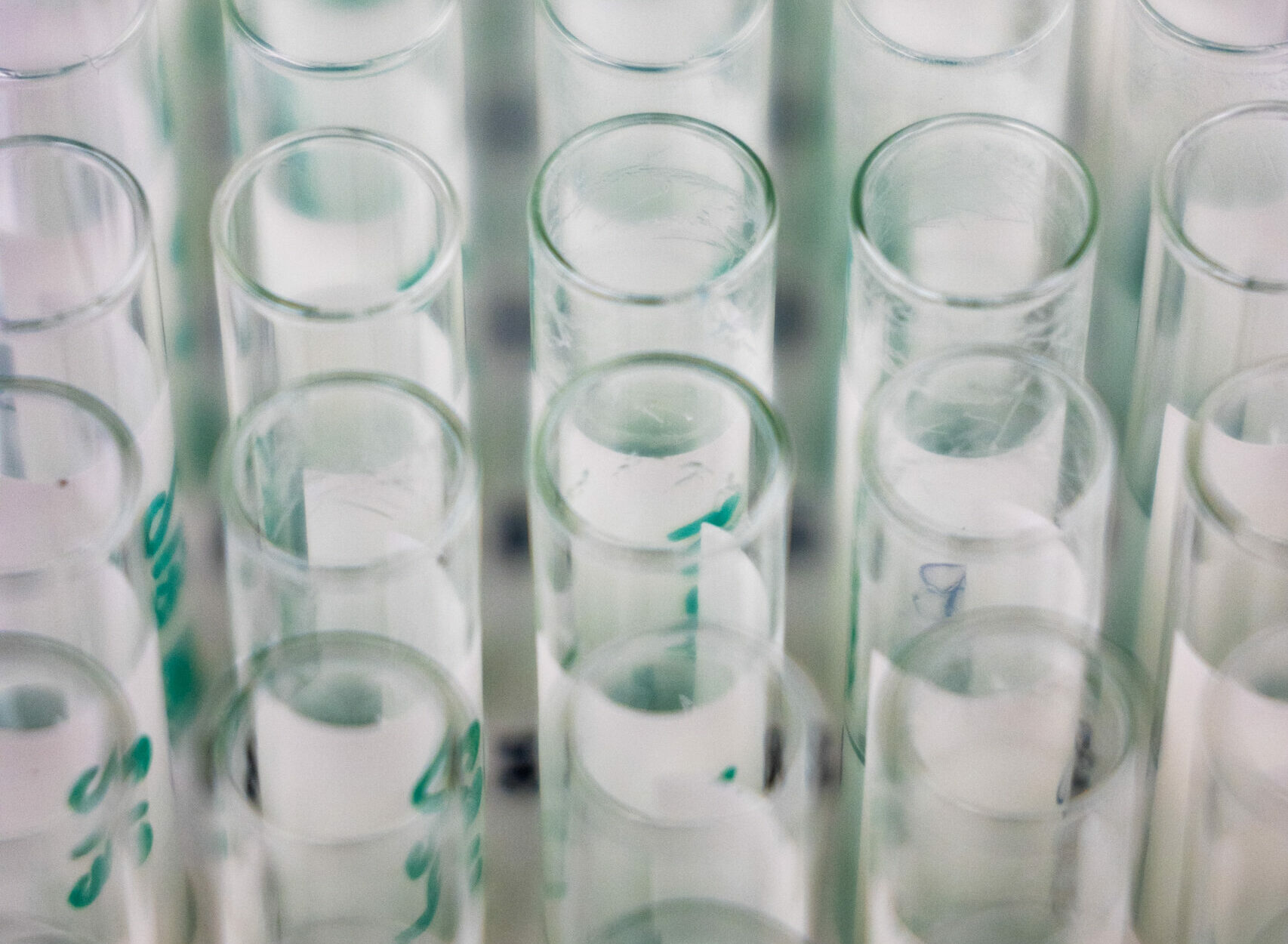
Photo credit: Department of Water Resources
The Report
This report details the formation and implementation of a novel Tap Water Testing program, which operated from 2019 to 2022 in the San Francisco Bay Area, to address tap water concerns in local communities. The San Francisco Estuary Partnership and Outreach Partners developed the community-driven Tap Water Testing Program in response to the widespread distrust of tap water documented in the San Francisco Bay Regional Water Needs Assessment. While this testing program was not the first community-driven tap water quality testing program in this region, it is the largest of its kind to be conducted in California to date, to our knowledge.
The Tap Water Testing program—including data collection, analysis and interpretation—formed directly from the Disadvantaged Community and Tribal Involvement Program’s San Francisco Bay Regional Water Needs Assessment findings, and subsequent requests by Disadvantaged Communities and Tribes to investigate their concerns about their tap water quality. The overall goal of the Disadvantaged Community and Tribal Involvement Program was to support a community-led problem-definition and solutions development processes and to create a more lasting social infrastructure to include Disadvantaged Communities and Tribes into water-related decision-making and planning. This approach served to build the capacity of the participating Outreach Partners—over 15 Disadvantaged Communities and five Tribes—to define their own water-related challenges and develop solutions.
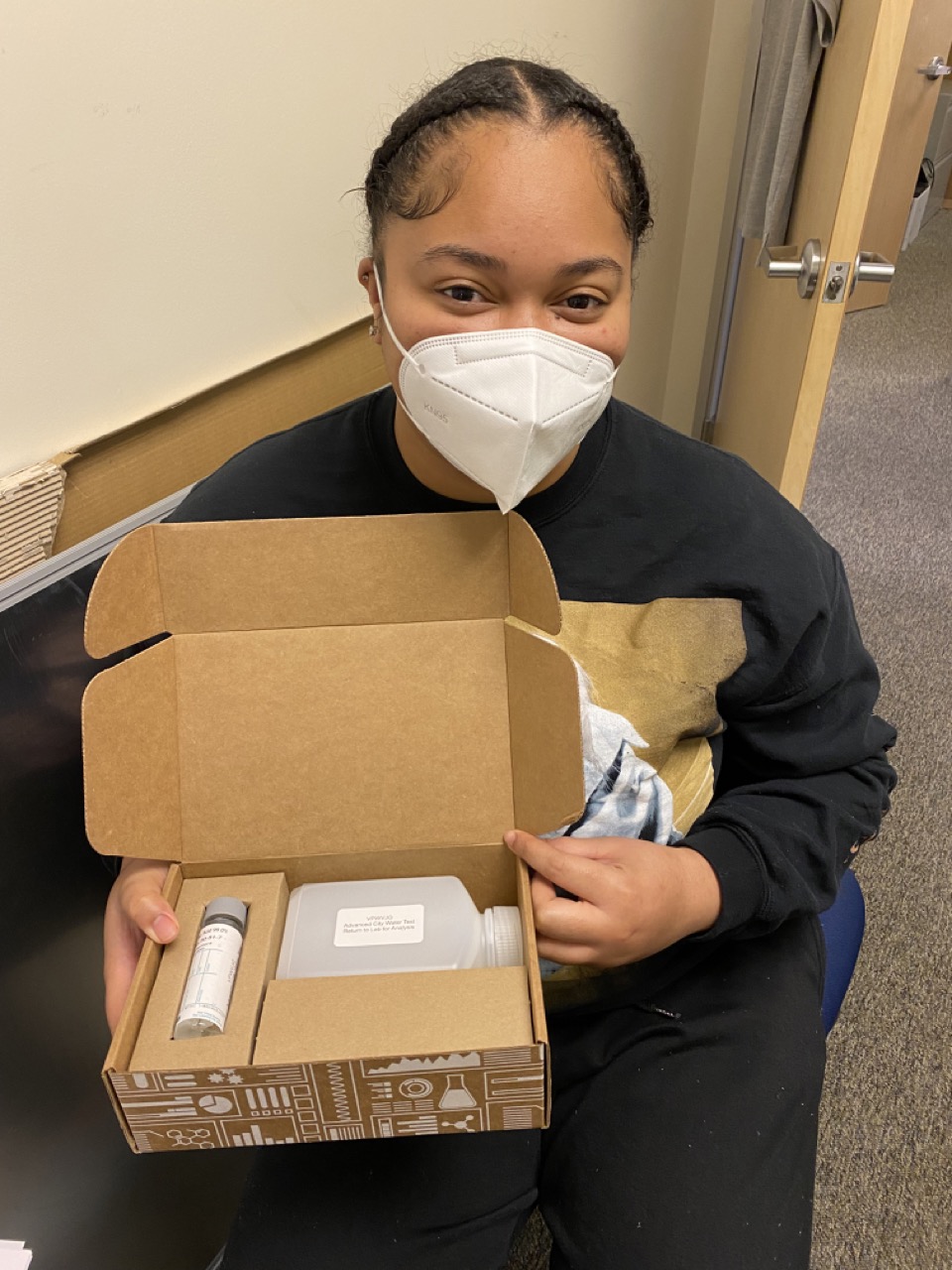
Photo Credit: Nuestra Casa
Results Overview
The Tap Water Testing Program collected and analyzed data about tap water quality in locations where residents reported experiencing tap water quality issues or otherwise expressed distrust in their tap water. To ensure independently verified and scientifically robust results, San Francisco Estuary Partnership and the Outreach Partners partnered with SimpleLab, an independent water quality testing logistics company that connects individuals and groups with certified laboratories to conduct rigorous environmental testing. The project team and SimpleLab worked with each interested community and Tribe to conduct a point-in-time sample analysis of various types of tap water based on their location, existing water quality data, and specific tap water quality concerns collected in the Regional Needs Assessment. Extensive consultation was also undertaken with local utilities, regulators, and other groups to ensure that this was not a “gotcha” program in which distrust or observed deficiencies in tap water were not immediately framed as a product of utilities or regulators’ neglect, but rather a data collection effort envisioned and led by the participating communities and Tribes, and a testing and reporting effort carried out by an independent third party.
After extensive planning, design, and consultation, the water quality sample collection effort began in February 2022 and finished in June 2022. The final dataset included 555 samples and 34,296 tests that looked at 142 distinct drinking water quality constituents of interest. To illustrate the breadth of the effort, this number of constituents exceeds the combined number of constituents on the U.S. Environmental Protection Agency’s primary and secondary water quality standards lists.
Contact Information
Media Inquiries
Alexis Gabriel
alexis.gabriel@sfestuary.org
All Other inquiries
James Muller
james.muller@sfestuary.org
